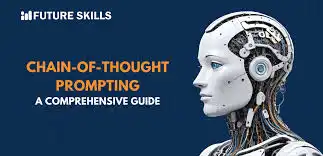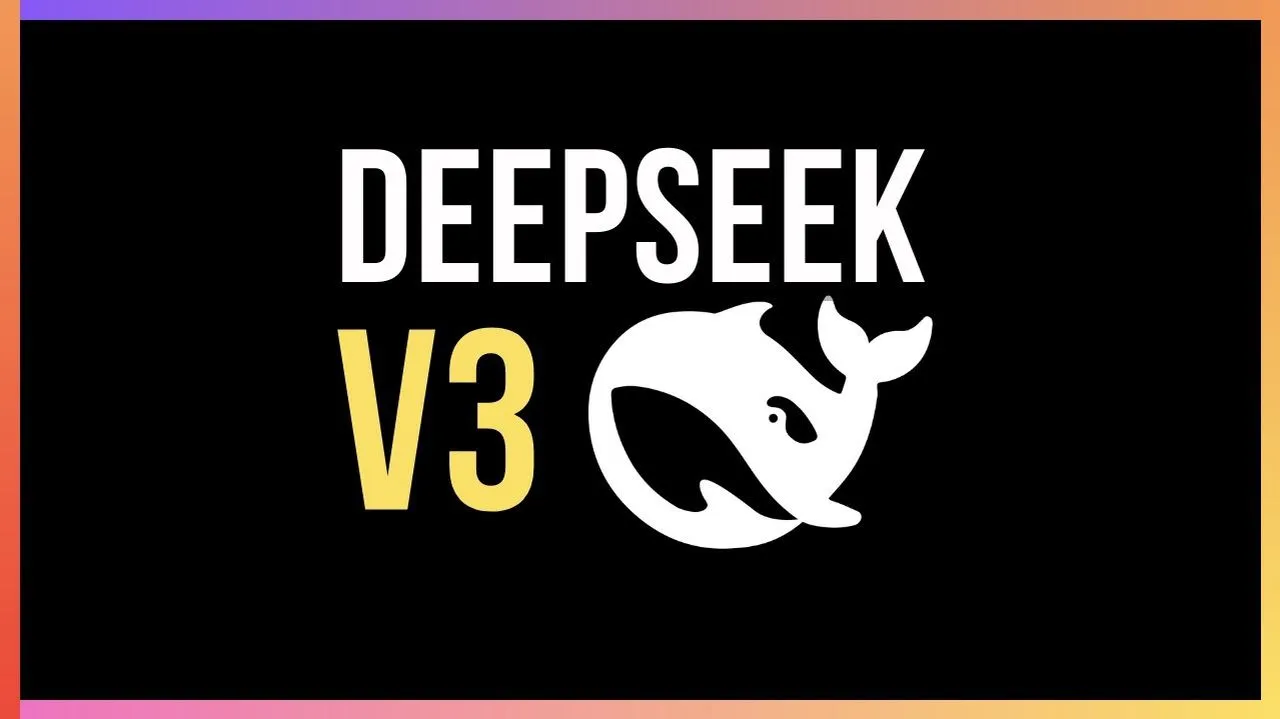
Chain-of-Thought (CoT) prompting is an emerging technique in the domain of Generative AI that significantly enhances the reasoning and decision-making capabilities of large language models (LLMs). Traditional prompting methods often struggle with tasks that require multi-step reasoning or logical inference, limiting their ability to generate accurate or nuanced responses. Chain-of-thought prompting addresses this by encouraging AI models to “think aloud” or follow a step-by-step reasoning process, leading to improved performance on complex tasks such as mathematics, logic puzzles, and decision-making scenarios. This article delves into the principles, benefits, and applications of chain-of-thought prompting, examining why it has become a crucial development in the field of AI.
What is Chain-of-Thought Prompting?
Chain-of-thought prompting involves guiding the AI model through a series of intermediary reasoning steps before arriving at the final output. Instead of directly answering a query in one step, the model is encouraged to break down the task, listing intermediate thoughts or conclusions that gradually build towards the final answer. This approach mimics human cognitive processes, where complex decisions or problem-solving tasks are tackled through a series of logical steps, rather than jumping straight to the conclusion.
For example, consider the following question: “If three people share 18 apples equally, how many apples does each person get?” A traditional AI prompt might respond with “6 apples” without elaborating further. However, with chain-of-thought prompting, the AI might output a series of steps like this:
- “There are 18 apples in total.”
- “There are 3 people sharing the apples equally.”
- “To find out how many apples each person gets, divide 18 by 3.”
- “18 divided by 3 equals 6.”
- “Each person gets 6 apples.”
This breakdown of the problem not only helps clarify the model’s reasoning process but also reduces errors, especially in scenarios where complex or multi-step reasoning is required.
The Science Behind Chain-of-Thought Prompting
At the core of chain-of-thought prompting is the hypothesis that large language models can better perform certain tasks when they are encouraged to structure their thinking. Traditional AI models tend to provide a single-step response based on pattern matching or shallow reasoning, which can result in errors for tasks that require deeper understanding. Chain-of-thought prompting leverages the model’s ability to process natural language to provide a structured reasoning path, making it more adept at multi-step tasks.
From a technical perspective, chain-of-thought prompting works well because LLMs are trained on vast amounts of text data where step-by-step explanations are often present, such as in textbooks, tutorials, and technical manuals. By encouraging the model to articulate a series of logical steps, the model draws upon this training to provide more comprehensive answers.
Moreover, the chain-of-thought technique aligns well with the underlying architecture of modern transformer-based models. These models use self-attention mechanisms that allow the system to capture relationships between words, sentences, and concepts across multiple layers. This makes it easier for the model to hold onto intermediate reasoning steps and apply them to the final decision-making process.
Key Benefits of Chain-of-Thought Prompting
- Improved Accuracy on Complex Tasks
Chain-of-thought prompting has been shown to significantly improve the accuracy of models when faced with complex reasoning tasks. Tasks such as multi-step arithmetic problems, logic puzzles, and commonsense reasoning can be challenging for models to solve without breaking down the problem. By explicitly guiding the model through each reasoning step, the likelihood of errors decreases, and the final output becomes more reliable. - Explainability and Transparency
One of the criticisms often levelled at AI systems is their “black-box” nature—users receive answers without any explanation of how they were derived. Chain-of-thought prompting addresses this by offering a clear, traceable reasoning process. This transparency is particularly valuable in high-stakes applications such as legal reasoning, medical diagnostics, or financial forecasting, where understanding the rationale behind an AI’s decision is critical. - Handling Ambiguity Better
Chain-of-thought prompting can also help AI systems navigate ambiguous or open-ended questions more effectively. By encouraging the model to articulate its reasoning process, it can explore multiple interpretations of the question and evaluate which is most appropriate. This reduces the chances of misinterpretation, which is common in traditional single-response prompts. - Enhanced Generalisation
Encouraging step-by-step reasoning helps AI models generalise better across tasks. Instead of simply relying on surface-level patterns, the model learns to apply structured reasoning to a broader array of problems. This ability to generalise reasoning strategies can be particularly useful in domains like scientific discovery, engineering design, or even creative writing, where complex, multi-faceted problems often arise.
Applications of Chain-of-Thought Prompting
The potential applications of chain-of-thought prompting span a variety of fields. Some of the most promising use cases include:
- Education and Tutoring Systems
AI-powered tutoring systems can greatly benefit from chain-of-thought prompting. By providing step-by-step explanations for complex subjects, such as mathematics or physics, these systems can mimic human tutors more effectively. Students are not just given the correct answer but are also shown the reasoning process, which enhances learning and comprehension. - Legal and Medical Decision-Making
In fields like law and medicine, decisions often hinge on carefully reasoning through a series of factors, such as evidence or symptoms. Chain-of-thought prompting can aid AI systems in these fields by offering clear, explainable reasoning paths that professionals can follow and verify. For example, in a medical diagnosis scenario, the AI can explain the step-by-step reasoning leading to a particular diagnosis, giving doctors a more transparent tool to assist in decision-making. - Natural Language Processing Tasks
Chain-of-thought prompting is particularly useful in complex NLP tasks such as machine translation, summarisation, or question-answering systems. By breaking down the task into smaller, manageable steps, the system can provide more accurate translations, concise summaries, or detailed answers that account for contextual information more effectively. - Scientific Research and Problem Solving
Scientific research often involves solving intricate problems that require a structured approach. AI systems that leverage chain-of-thought prompting can assist researchers in hypothesis generation, experimental design, or data analysis by presenting logical steps in the thought process. This can potentially accelerate discovery and innovation across scientific disciplines. - AI-Assisted Creative Writing
In creative writing applications, chain-of-thought prompting can help authors by generating coherent narratives with logical progression. For instance, if an author is stuck on a plot point, the AI can offer a series of logical possibilities that can advance the story in meaningful directions. This structured reasoning can help overcome creative blocks and stimulate more productive brainstorming.
Challenges and Future Directions
Despite its many advantages, chain-of-thought prompting is not without challenges. One key issue is that not all tasks benefit from this approach. Some simple or straightforward tasks may not require a step-by-step breakdown, and introducing such reasoning could slow down performance unnecessarily.
Another challenge lies in the quality of the reasoning provided by the model. While CoT prompting often improves performance, it is not infallible, and the model may still make errors in its logical steps. Additionally, ensuring that the reasoning process remains coherent and relevant is an ongoing area of research, particularly for more abstract or ill-defined problems.
Looking forward, continued advancements in AI training methods, such as fine-tuning on specific tasks or incorporating human feedback into the reasoning process, could further enhance the effectiveness of chain-of-thought prompting. Moreover, integrating this technique with other AI capabilities, such as visual reasoning or multimodal processing, could unlock even more sophisticated AI systems capable of handling a wide variety of real-world problems.
Conclusion
Chain-of-thought prompting represents a significant step forward in the development of generative AI systems. By enabling models to perform multi-step reasoning, this technique improves accuracy, enhances transparency, and broadens the scope of tasks that AI can handle. From education to legal decision-making, chain-of-thought prompting is set to revolutionise a wide array of industries, making AI not only more intelligent but also more interpretable and reliable.






